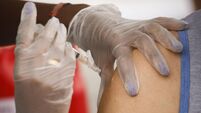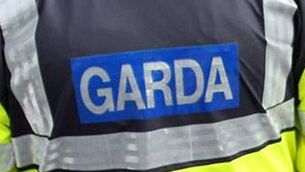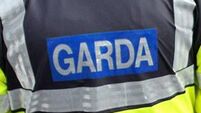Flight procedures led to air accident
Six people who were able to climb from the stricken US-registered plane escaped injury when the wing tip clipped the tarmac while landing in a crosswind.
The plane, which had set off from Swansea in Wales for Weston in Co Dublin on the morning of May 26 last year, carried four passengers as well as the two flight crew.













